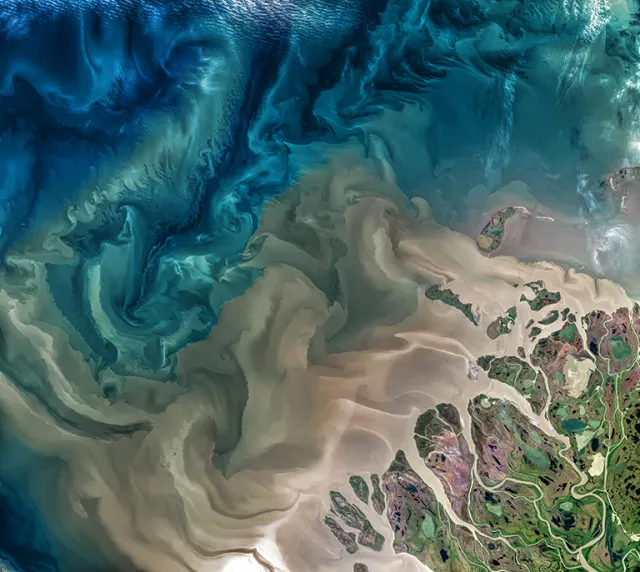NASA has unveiled its latest endeavor in Earth science exploration with the selection of six new airborne missions.
NASA has unveiled its latest endeavor in Earth science exploration with the selection of six new airborne missions. These missions encompass a diverse range of studies, including fire-induced clouds, Arctic coastal change, air quality, landslide hazards, shrinking glaciers, and emissions from agricultural lands. These ventures are funded through NASA’s Earth Venture program, reflecting the agency’s commitment to advancing our understanding of the planet.
The airborne missions, valued at roughly $120 million in total, are scheduled to deploy between 2026 and 2029. Each mission will be led by three investigators, with an emphasis on including early career scientists. This initiative aims to promote diversity, equity, and inclusion within the scientific community.
“We are thrilled to embark on these groundbreaking missions, which will provide invaluable insights into Earth’s complex systems,” remarked Karen St. Germain, director of NASA’s Earth Science Division. “These initiatives not only supplement satellite observations but also pave the way for innovative measurement techniques crucial for our upcoming Earth System Observatory.”
Among the selected missions is the “Arctic Coastlines–The Frontlines of Rapidly Transforming Ecosystems” (FORTE), spearheaded by Maria Tzortziou of the City College of New York. FORTE will utilize a combination of optical and radar measurements from various platforms to monitor changes in river systems on the North Slope of Alaska. This project aims to understand how ecosystems respond to climate change while fostering collaboration with indigenous communities.
Another mission, known as the “Pyrocumulonimbus Experiment” (PYREX), led by David Peterson of the Naval Research Laboratory, will investigate pyrocumulonimbus clouds formed by extreme wildfires. Flying over the western U.S. and Canada, researchers will explore the atmospheric conditions leading to the formation of these clouds and their implications for climate.
In addition, the “Hemispheric Airborne Measurements of Air Quality” (HAMAQ) project, led by James Crawford of NASA’s Langley Research Center, will focus on urban air pollution. This mission aims to improve ground-based forecasting and mitigation strategies by integrating data from NASA’s TEMPO satellite instrument and other international satellites.
The “Landslide Climate Change Experiment” (LACCE), led by Alexander Handwerger of NASA’s Jet Propulsion Laboratory, will investigate the impact of climate change on landslide hazards. By combining airborne measurements with ground-based sensors, this project seeks to understand how changing weather patterns influence slope stability.
Furthermore, the “Snow4Flow” mission, led by John Holt of the University of Arizona, will quantify glacier retreat in regions such as Alaska, Greenland, and Svalbard. By employing advanced radar sounders, the team aims to improve projections of land-ice change and its implications for sea-level rise.
Lastly, the “Nitrogen and Carbon Terrestrial Fluxes: Agriculture, Atmospheric Composition, and Ecosystems” (NTERFAACE) mission, led by Glenn Wolfe of NASA’s Goddard Space Flight Center, will focus on emissions from agricultural lands across the United States. This project aims to quantify greenhouse gas emissions and their impact on atmospheric composition and ecosystems.
These six missions were selected from a pool of 42 proposals, marking the fourth series of NASA Earth Venture investigations. With their innovative approaches and diverse scope, these missions are poised to significantly advance our understanding of Earth’s dynamic systems. As humanity grapples with the challenges of climate change and environmental sustainability, the insights gained from these endeavors will be invaluable in informing policy decisions and shaping our collective future.
